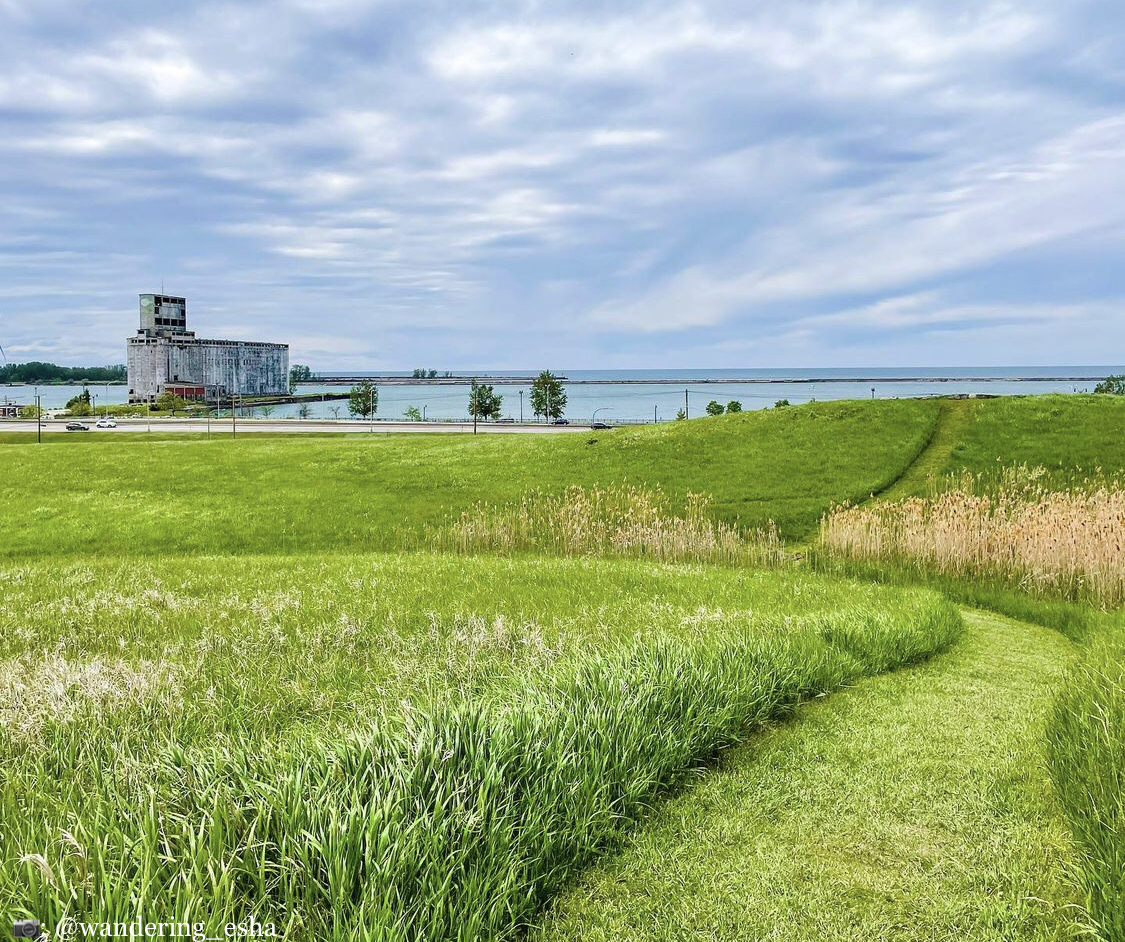EDUCATION CENTER HOURS:
Not Your Typical Nature Preserve
The once cattail marsh was used as farmland in the mid-1800s and during Buffalo’s industrial heyday the property became a transportation hub for coal and iron ore. How did the land transform from a city dump to a thriving nature preserve?
Concerned citizens recognized the value of the site and convinced city leaders to preserve the land. Through their vision, the dumping ceased, the garbage was covered and sculpted into mounds, and Berm Pond was created to benefit the marsh birds. Barrels of hazardous industrial waste were removed from Lake Kirsty, and in 1999, open water areas were created in the cattail marsh.
Tifft Nature Preserve is here today because of advocates like you.
Today, the Buffalo Society of Natural Sciences manages Tifft Nature Preserve, and it is the urban sanctuary many people envisioned more than 20 years ago. On any given day, the 264 acres of the Preserve are filled with families observing painted turtles in the marsh, school children learning about animal adaptations in the Darling Environmental Education Center, and birding groups trying to catch a glimpse of a rare migrating bird above the trails.
Our goal at Tifft is to cultivate the environmental stewards of today and tomorrow by providing opportunities to connect with and gain an appreciation of the natural world. Your investment provides school children, families, and adult learners access to hands-on environmental educational programming and outdoor experiences.



